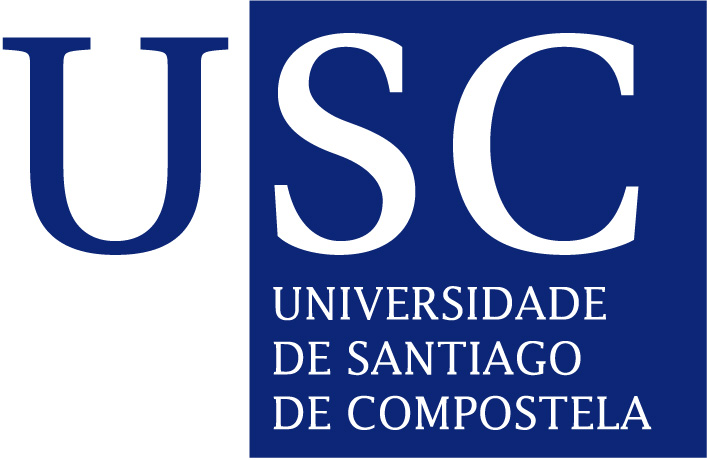Publication
Kazem Zhour et al 2020 J. Mol. Liq. 316 113803
Title: Electronic and optical properties of borophene and graphene with an adsorbed ionic liquid: A density functional theory study
Journal:
Journal of Molecular Liquids
Volume: 316
Pages: 113803
NaFoMat Authors:
Luis Miguel Varela Cabo,
José Manuel Otero Mato,
Luis Javier Gallego,
Elena López Lago
Full Athorship: Kazem Zhour, Jose M Otero-Mato, Fouad El Haj Hassan, Hussein Fahs, Majid Vaezzadeh, E López-Lago, Luis J Gallego, Luis M Varela
Year: 2020
Abstract:
We present a comparative density functional theory study of the electronic and optical properties of graphene and borophene with an adsorbed ionic liquid. The Dirac cones of these two-dimensional nanostructures are not affected by the presence of the ionic liquid close to these sheets, not even in the borophene one in which a very small charge transfer to the ionic liquid anion is detected. However, Bader analysis and charge density calculations showed that the polarization of the ionic liquid induces a redistribution of the electric charge in both sheets as a consequence of the electromagnetic interaction between the anion and cation of the ionic liquid and the electrons on the two-dimensional materials, the effect being notably stronger in graphene than in borophene. Our calculations reveal that several changes take place in the dielectric constant and electron energy loss spectra, including shifts and damping of plasmon bands, related to electrostatically induced changes in the adsorbent surface electron charge distributions and to plasmon loss channels associated to excitations of electrons in the energy levels of the adsorbed ionic liquid species close to the Fermi level of the surface material. While only minor changes are registered in borophene plasmon spectra and in the IR and visible regions of the graphene spectra, important changes in the graphene ultraviolet C and X-ray spectra are registered due to the existence of IL electronic energy levels close to the Fermi level of graphene that are absent in borophene.
DOI: https://doi.org/10.1016/j.molliq.2020.113803Citation: Kazem Zhour et al 2020 J. Mol. Liq. 316 113803






